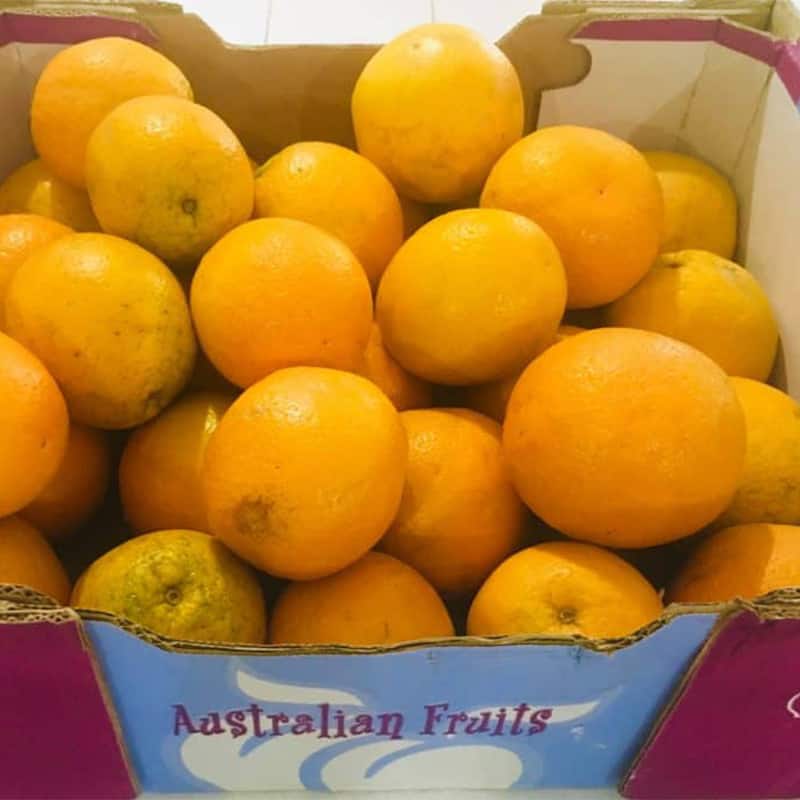What’s not to love about oranges? They’re high in Vitamin C making them great for your health. The oils from the peels are not only great for your skin and hair, they provide an uplifting scent and are effective at killing bacteria.
If you’ve ever decided to skip the plastic and make your own fresh orange juice, you’ll know there’s a lot of waste left behind. So many orange peels! Many people believe that citrus peels should not be added to your compost.
While it’s not recommended that you add an abundance of peels to your home compost, they can be safely added to in small amounts. It’s even been shown that adding orange peels in large amounts can be beneficial to soil.
Discarded orange peels used to rebuild a Costa Rican forest

In the late nineties ecologists Daniel Janzen and Winnie Halwachs undertook a scientific research project that would study the effects of dumping large amounts of orange pulp and peels onto a three-hectare stretch of former cattle pasture.[1] The land, located in Costa Rica, was covered with over 12,000 metric tons of oranges peels.
The end goal — to achieve a perfect synergy between industry and conservation.
Fifteen years later in 2013, a follow up study on the effects of orange peels on the land was conducted by a university graduate.[2] What he discovered was a forest that was completely overgrown with trees and vines. Not only that the area that was fertilised with orange waste had richer soil, more tree biomass, and greater forest canopy closure.
creating cleaning products from orange peels

If you don’t have a big chunk of degraded land that you can dump tons of orange peels on then there are many of other ways you can use up those peels. Orange peels can be dehydrated, ground to a fine powder and used and many applications. They can be used for baking, used in salad dressings and even used in as a gentle exfoliator in soap!
One popular way to extract the benefits of oils in orange peels is to soak them in vinegar for a few weeks, strain and use as an all-purpose kitchen spray. Citrus peels have also been used in India to not only manage waste from the fruit but also to provide a bio-toilet cleaning solution.
Indian start-up ToWaSo (TOWArds SOlution), collected fruit waste from roadside juice vendors, and placed the citrus peels, water and microbes into large plastic drums.[3] After a few weeks the waste product became a suitable cleaning solution that was suitable to not only keep toilets clean but the floors and walls as well.
DIY Orange Peel Bioplastic
While soaking orange peels to extract their oils for use in kitchen sprays may sound like a perfect way to use up your peels, unfortunately there is still waste to deal with — the peels do not break down into the vinegar solution so you’ll still need to discard them.
This brings us to the next fantastic way to not only combat orange waste, but also to conduct a basic science experiment.
If you’re seeking out a fun, DIY plastic free science experiment to explore with the kids then we’ve got the project for you. Learn how you can create bioplastic from orange peels!
Ingredients:
- 15 ml water
- 25 g citrus peel
- 50g cornstarch
- 2g sodium bicarbonate
- 5ml lemon juice
- 5ml sage oil
- 5ml vinegar
You can find all the details and instructions in the video below:
SPINNING ORANGE PEELS INTO FABRICS

If you’re not the DIY type but love throwing your support behind zero waste ideas, then wearing orange peels may be more appealing to you.
Italian fabric company Orange Fibre[4] put their spin on using citrus peel waste by turning it into a silk-like cellulose yarn.
Taiwanese actress, model and sustainability influencer Chiling Lin made a sustainable fashion statement at the 2018 Global Change Awards ceremony, dressing in a gown made from Orange Fibre fabric.[5]
The custom-made black and floral print dress was designed by Chatarina Forseth, a H&M concept designer. It featured two layers of recycled tulle fabric along with the Orange Fibre twill which is was composed of 50 per cent acetylated orange cellulose fibre and 50 per cent organic silk.
[1] https://www.princeton.edu/news/2017/08/22/orange-new-green-how-orange-peels-revived-costa-rican-forest
[2] https://newatlas.com/orange-peel-forest-costa-rica/51012/
[3] https://www.thebetterindia.com/170732/jharkhand-innovation-green-low-cost-toilet-cleaner/
[4] http://orangefiber.it/
[5] http://orangefiber.it/news/lin-chi-ling-wears-orange-fiber-gown/












